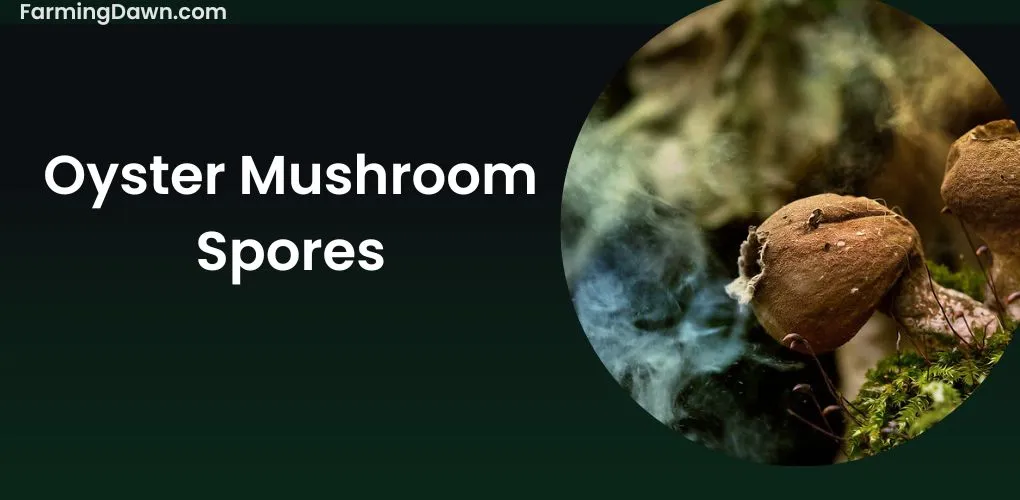Growing your own mushrooms can be a rewarding and cost-effective way to incorporate these healthy and flavorful ingredients into your garden. However, it’s essential to recognize how long do mushrooms take to grow before you begin.
Today I will discuss the timeline for growing different types of mushrooms, from oyster, morel, psilocybin to Portobello, magic, and lion’s mane. I will also cover the key factors that affect their growth time.
The Mushroom Growth Process
Growing mushrooms is an amazing process in many gardens, including mine. I’ve observed this process with great interest as a passionate gardener and lover of all natural things, and I’d like to give my thoughts on the subject.
The germination of spores, small reproductive cells released by adult mushrooms, marks the beginning of the mushroom growth phase. These spores can be found in the soil or the air and are typically drawn to organic debris that is decomposing, such as dead wood, fallen leaves, or animal dung.
The spores begin to increase and produce mycelium, small filaments, as soon as they come across a suitable substrate.
The fungus’s vegetative phase, or mycelium, serves as its means of feeding. It develops by consuming nutrients from the environment and decomposing organic materials into more easily assimilated chemicals.
When the mycelium grows, a dense web of threads is formed, which can extend for a few metres and produce elaborate patterns underground.
Once the mycelium has achieved maturity, it begins to develop a fruiting body, or what we typically refer to as a mushroom. Environmental elements like humidity, temperature and light activate this process.
Within a few hours, the fruiting body can quadruple in size due to its rapid growth. It consists of a stem and a cap, which houses the spores that are released as the mushroom reaches maturity.
The mushroom growth process can be a useful indicator of the health of the soil, given that it depends on a careful balance of nutrients, moisture, and microorganisms.
By providing an environment rich in organic matter and maintaining the right moisture levels, a gardener can promote the growth of mushrooms. Using mycorrhizal fungus or mushroom compost can also help the health of the soil and encourage plant growth.
How Long do mushrooms take to grow?
First, it’s important to understand that the length of time it takes for mushrooms to grow might vary based on the type of mushroom, the environment in which it is produced, and the culture technique employed. Yet, it typically takes mushrooms 1 to 3 weeks to develop from spores to fruiting bodies that are full size.
How long do mushrooms take to grow after pinning?
After pinning, mushrooms can take several days to many weeks to begin to develop. The size of the fruiting bodies, the type of mushroom, and the growing environment all influence when to harvest. All these factors are discussed in the next section.
Generally, smaller mushrooms will grow faster than larger ones, and warmer temperatures will speed up the growth process.
Factors affecting mushroom growth
A key factor that might affect the development of mushrooms is temperature. The majority of mushrooms like the air that is between 60 and 80 degrees Fahrenheit and 80 to 90% humid. However, different mushrooms could have unique temperature and humidity requirements, so it’s crucial to learn what they are before you start cultivating them.
The substrate, or growing media, is another crucial element in the growth of mushrooms. Different substrates are needed depending on the species of mushroom and may include sawdust, straw etc. Some substrates may take longer to colonize, affecting the overall growth timeline.
The cultivation method used can also impact how long it takes for mushrooms to grow. For instance, mushroom growth from spores can take longer than a ready-made spawn. Nevertheless, some techniques, such as the “monotub” approach, which involves cultivating mushrooms in a sealed container, might hasten growth and shorten the time between harvests.
20 Different Types of mushrooms and their Growth time
With over 10,000 known species, mushrooms are some of the planet’s most varied organisms. I have compiled a list of 20 different types of mushrooms:
Agaricus Bisporus: This plant, which typically matures in 3 to 4 weeks, is widely used in the food sector.
Boletus Edulis: This highly sought-after edible fungus can take several months to grow and mature.
Cantharellus Cibarius: This highly sought-after edible mushroom might take several weeks to mature.
Craterellus Cornucopioides: This edible mushroom, which has a trumpet-like structure, can take several weeks to mature.
Flammulina Velutipes: This popular ingredient in Asian cooking can take several weeks to mature.
Ganoderma Lucidum: Traditional Chinese medicine uses a species of this medicinal mushroom, which can take several months to mature.
Grifola Frondosa: Grifola frondosa is a common edible and medicinal mushroom that might take several weeks to months to mature.
Hericium Erinaceus: Hericium erinaceus is an edible mushroom that resembles a hedgehog and might take several weeks to months to mature.
Lentinula Edodes: The maturing process may take a few weeks for this type. It is commonly known as shiitake mushrooms and is widely used in many cuisines.
Morchella Esculenta: The highly sought-after edible fungus Morchella esculenta can take many weeks to mature. It has a characteristic honeycomb appearance.
Pleurotus Ostreatus: It can take several weeks to mature and is a popular edible mushroom commonly known as oyster mushroom.
Russula Emetica: This deadly mushroom might take several weeks to mature.
Suillus Bovinus: This edible fungus, which typically grows next to fir trees, can take several weeks to mature.
Trametes Versicolor: It is a medicinal mushroom with a strikingly coloured fan-shaped cap that can take several weeks to several months to mature.
Agaricus Augustus: It is a variety of edible mushrooms that might take many weeks to mature.
Amanita Muscaria: Amanita muscaria is a toxic fungus with a red cap and white dots that might take several weeks to several months to mature.
Armillaria Mellea: A parasitic mushroom that can harm trees, it can take several weeks to many months to grow.
Coprinus Comatus: This edible fungus, sometimes known as the shaggy mane, can take many weeks to mature.
Hypholoma Capnoides: This deadly fungus might take several weeks to mature.
Psilocybe Cubensis: Psilocybe cubensis is a hallucinogenic mushroom frequently used for recreational purposes. Several weeks may pass before it reaches maturity..
How long do Magic mushrooms take to grow?
Magic mushrooms, also known as psilocybin mushrooms, require a specific growing environment to thrive. Depending on the strain and growth conditions, magic mushrooms typically take 2 to 6 weeks to mature. The process involves spore inoculation, colonization, and fruiting.
Then, spores are added to a substrate like grain or sawdust, where they colonize and develop into mycelium. Fruiting occurs in a humid environment with sufficient airflow and lighting once the mycelium has completely colonized the substrate.

How long do Morel mushrooms take to grow?
The morel mushroom growth season normally begins in the spring and lasts for 4-6 weeks. The spores need 5–10 days to germinate, and the mushrooms need another 2–3 weeks to mature. So, the time it takes for morel mushrooms to reach their full size might range from 3-5 weeks.
They are rather simple to cultivate, but still, you need to be a little patient. A pH of 6.2 to 7.4 and moist soil are ideal conditions for more growth. Their growth requires a temperature range of 60 and 70 degrees Fahrenheit.
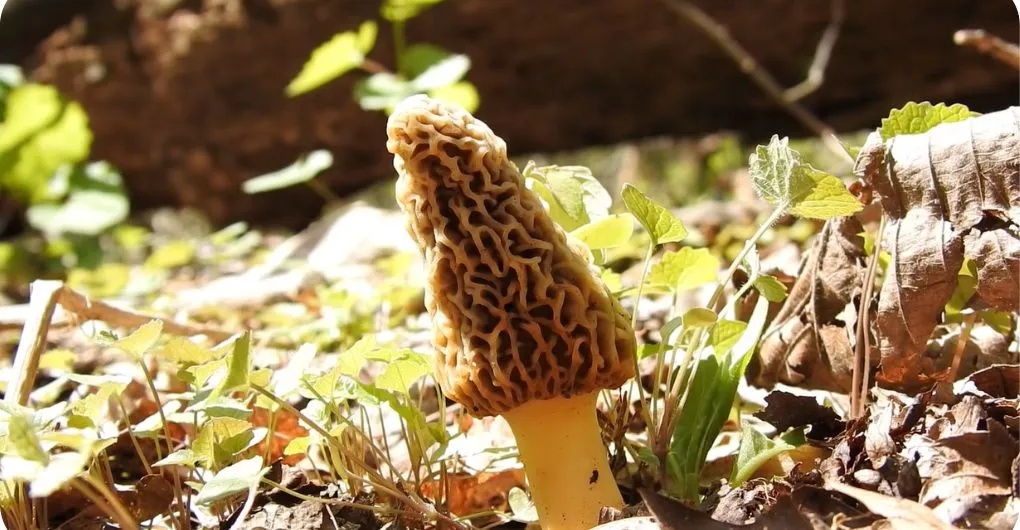
How long do Lion’s mane mushrooms take to grow?
Lion’s mane mushrooms, also known as Hericium erinaceus, are a popular edible mushroom that can be grown both indoors and outdoors. Typically, it takes around 4-6 weeks for lion’s mane mushrooms to mature when grown indoors, while it may take up to 5-7 months when grown outdoors.
Lion’s mane mushrooms require a temperature range of 18–24°C and a humidity level of 85–95% to develop to their full potential. For the mushrooms to grow, sufficient fresh air and light are also necessary.
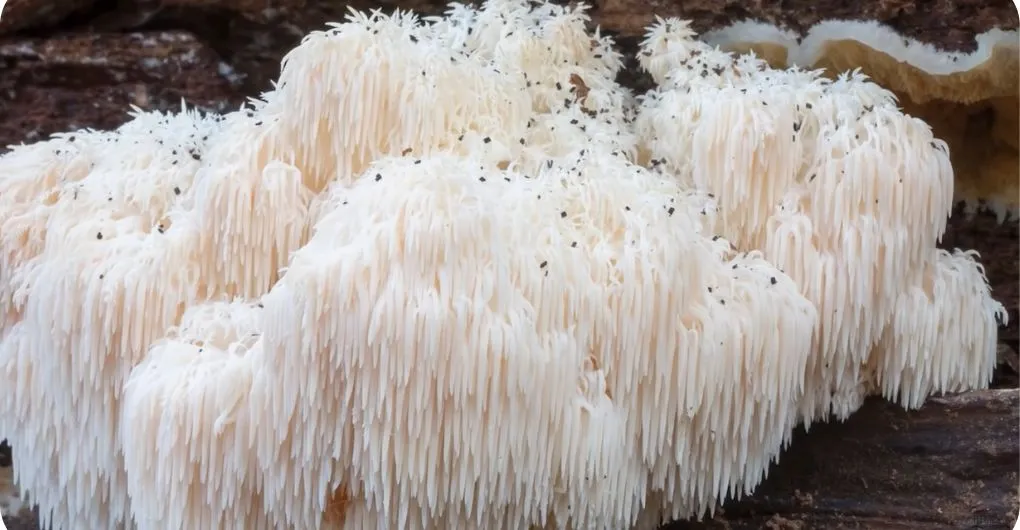
How long do Oyster mushrooms take to grow?
Under optimal growing conditions, oyster mushrooms can take 1-2 weeks to reach maturity. However, in certain circumstances, it can reach up to 3-4 weeks. Temperature, humidity, illumination, and the calibre of the growing substrate are just a few of the variables that affect how long the growth cycle lasts.
I will recommend you to to maintain a temperature range between 20 and 25°C, high humidity (80 to 90%), and appropriate ventilation to speed up the growth of oyster mushrooms. The right substrate selection and preparation are also essential for ensuring rapid development.
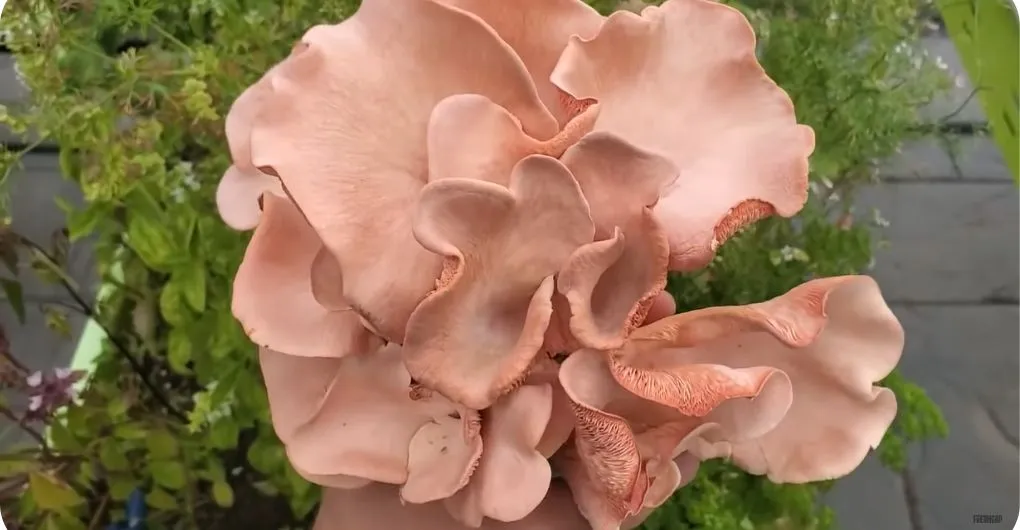
How long do Portobello mushrooms take to grow?
Portobello mushrooms often start sprouting from the substrate after 7 to 14 days. They will develop and grow after beginning to emerge for an additional 7–10 days. Like all other mushrooms, their growing time is also influenced by temperature, humidity, and other environmental conditions.
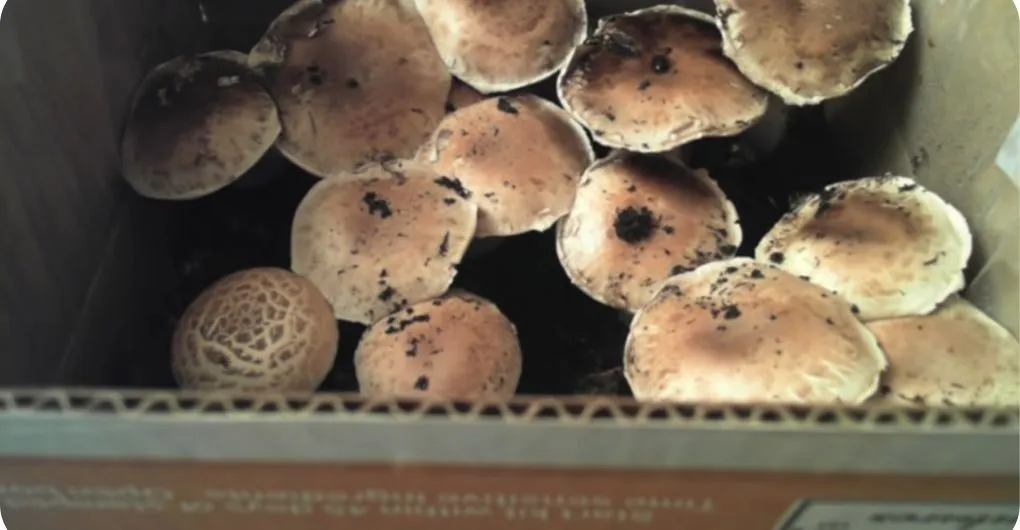
How to speed up mushroom growth?
Choose the Proper Kind of Mushroom
The first step to speeding up mushroom growth is to choose the right type of mushroom for your growing conditions. You might want to choose a mushroom species recognized for growing swiftly because some mushroom species grow quicker than others.
Oyster mushrooms, for instance, have a reputation for producing quickly and can yield a crop in as little as three weeks.
Use Top-Notch Spawn and Substrate:
Two essential elements in the cultivation of mushrooms are spawn and substrate. The substance known as “spawn” is utilized to inoculate the growing medium with mushroom mycelium. The substance on which the mushrooms will grow is known as the substrate. Use top-notch spawn and substrate to hasten the growth of mushrooms.
Adjust the humidity and temperature:
Absolute humidity and temperature ranges are ideal for mushroom growth. You should try to give your mushrooms the best environment possible to hasten their development.
Most mushroom species thrive in environments with humidity levels between 80 and 90 per cent and temperatures between 65 and 75 degrees Fahrenheit.
Provide Enough Room for Air Circulation:
A healthy airflow is also essential for the growth of mushrooms. In addition to preventing the formation of mold and other undesirable organisms, it also helps to distribute nutrients evenly throughout the growing media and control temperature and humidity levels.
Consider utilizing a fan or other ventilation equipment to move air throughout the ever-increasing space to create good air circulation.
Uphold cleanliness:
Maintaining a clean growing space is crucial to fostering robust mushroom growth. Ensure that you clean all equipment both before and after usage, including containers and tools. Also, avoid adding pollutants like bacteria, spores, or mold into the growth environment.
How Long do mushrooms take to grow? Conclusion
Thus, the answer to your question of how long do mushrooms take to grow is not straightforward, and rather, it depends on several factors that I explained above. Now that you have a better understanding of the factors that influence the growth of mushrooms, it’s time to put your newfound knowledge to the test. If you have any other queries, ask me in the comments. Thank you!
Each fungus and vegetable has its own growth time. Read my other articles to learn more:



